#st. mark's basilica
Explore tagged Tumblr posts
Text

St. Mark's Basilica in Venice, Veneto region of Italy
Italian vintage postcard
#postkarte#postal#italian#veneto#ansichtskarte#venice#tarjeta#ephemera#italy#postcard#photography#mark#carte postale#vintage#basilica#briefkaart#sepia#photo#postkaart#region#historic#st. mark's basilica
150 notes
·
View notes
Text

Mansilla + Tuñón, Ciudad de León Auditorium, León, Spain, 2001 VS Tessellated floor, South transept | St. Mark's Basilica, Venice, Italy, 11th - 12th century
#Mansilla + Tuñón#Mansilla Tuñón#architecture#facade#building#spain#León#Auditorium#floor#marble#tessellation#tile#tiles#basilica di san marco#venezia#venice#italy#italia#st. mark's basilica
54 notes
·
View notes
Text
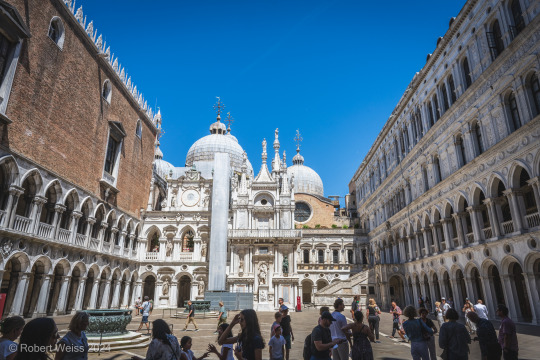
St. Mark's Basilica (Basilica di San Marco), Venice Italy.
#Basilica di San Marco#St. Mark's basilica#doge's palace#photographers on tumblr#original photographers#venice#italy#basilica#cathedral#church
12 notes
·
View notes
Photo

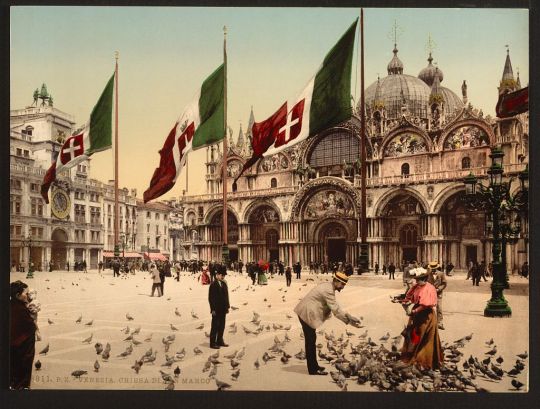
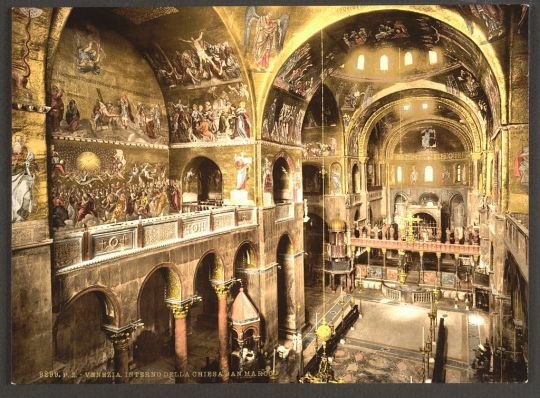
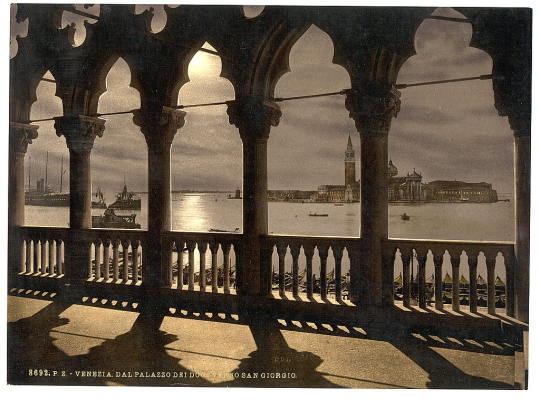
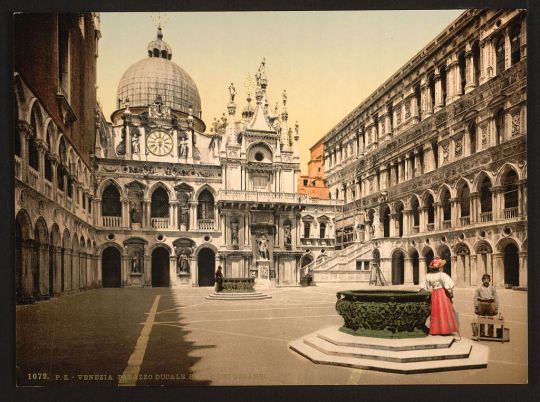
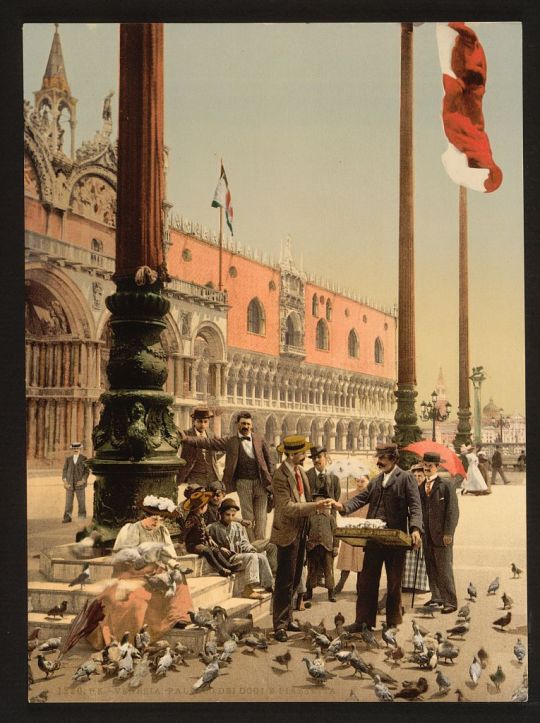
Venice in Beautiful Color Images 125 Years Ago: The Rialto Bridge, St. Mark’s Basilica, Doge’s Palace & More...
#Open Culture#Vintage Photography#Venice#Italy#The Rialto Bridge#St. Mark's Basilica#Doge's Palace#Through The Lens#History#History photos#Travels 2023#wonders of the world#photochrom#photochrom color prints
11 notes
·
View notes
Text




#alessandro magno#alessandro iii di macedonia#alexander the great#alessandro il grande#alessandro il macedone#alexander the conqueror#alessandro il conquistatore#alexander iii of macedon#alexander of macedon#basilica di san marco#venezia#st. mark's basilica
0 notes
Text
A One-Day Itinerary In Venice, City of Canals
Venice is a stunning city filled with canals, historic architecture, and a unique atmosphere. While one day is not enough to explore all of its wonders, you can still make the most of your visit by focusing on some of the city's highlights. Here's a one-day itinerary to help you experience the best of Venice:
Morning:
Start at St. Mark's Square (Piazza San Marco): Arrive early to beat the crowds and enjoy the peacefulness of this iconic square. Marvel at the stunning architecture, including St. Mark's Basilica, the Doge's Palace, and the Campanile.
St. Mark's Basilica: Head inside St. Mark's Basilica to admire its opulent Byzantine interior. Be sure to climb to the balcony for a panoramic view of the square and the city.
Doge's Palace: Explore the Doge's Palace, which was once the seat of Venetian power. The intricate details of the interior and the Bridge of Sighs are particularly noteworthy.
Breakfast: Grab a coffee and a pastry at one of the cafes in or around St. Mark's Square. Enjoy your breakfast while people-watching and soaking in the ambiance.
Late Morning:
Rialto Bridge: Walk towards the Rialto Bridge, one of Venice's most famous landmarks. Along the way, you'll pass through narrow, charming streets filled with shops selling Venetian masks, glassware, and other souvenirs.
Rialto Market: Explore the vibrant Rialto Market, where locals shop for fresh produce, seafood, and more. It's a great place to experience the daily life of Venetians.
Lunch:
Lunch at a Trattoria: Enjoy a leisurely lunch at a traditional Venetian trattoria. Try some local dishes like risotto, seafood, or pasta.
Afternoon:
Gondola Ride: No visit to Venice is complete without a gondola ride. You can find gondoliers near the Rialto Bridge or St. Mark's Square. Negotiate the price before starting your romantic journey through the canals.
Venetian Architecture: Stroll through Venice's charming neighborhoods, getting lost in the maze of narrow streets (known as "calli"). Admire the unique architecture, colorful buildings, and picturesque canals.
Gelato Break: Treat yourself to some authentic Italian gelato from one of the many gelaterias scattered throughout the city.
Evening:
Dinner: Head to a cozy Venetian restaurant for a delightful dinner. Try local specialties like seafood risotto, squid ink pasta, or a seafood platter.
Nighttime Stroll: Venice takes on a magical atmosphere in the evening. Take a leisurely walk along the canals, perhaps crossing some of the smaller bridges. You'll find that many of the historic buildings are beautifully lit up.
Rialto Bridge at Night: Return to the Rialto Bridge in the evening to see it illuminated, casting a romantic glow over the Grand Canal.
Remember that Venice can be crowded, especially during peak tourist season, so plan your day accordingly and make reservations for dining if possible. This itinerary will give you a taste of Venice's unique charm, but there's so much more to explore if you have more time. Enjoy your day in the City of Canals!
0 notes
Text

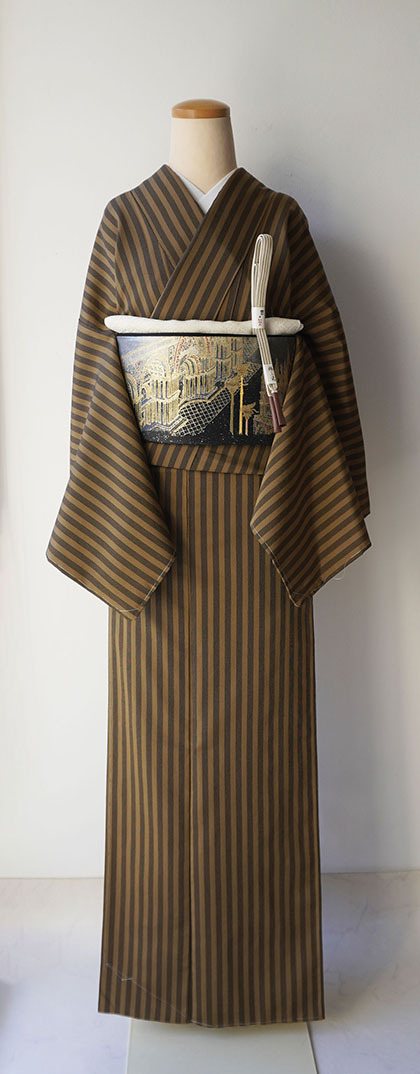


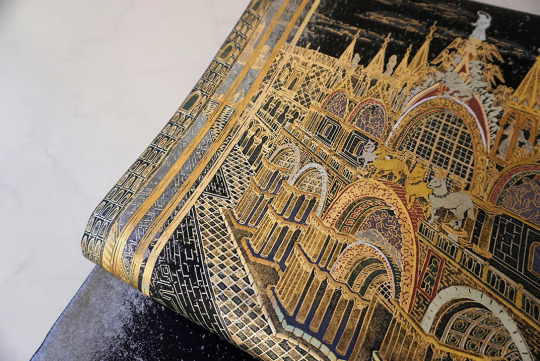
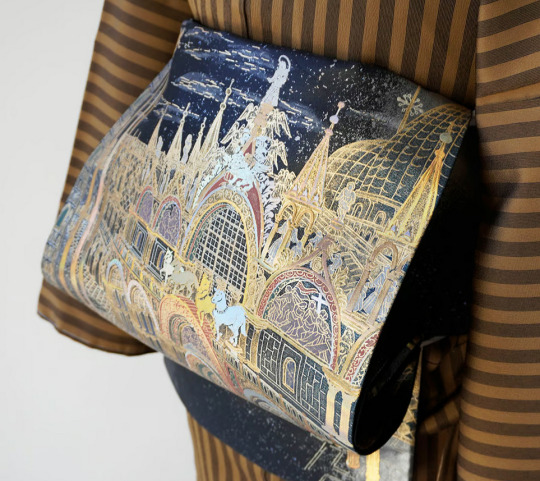
Luscious gold & silver foils for this modern obi depicting the Basilica di San Marco on St Mark's Square in Serenissima Venice (poke @mafaldinablabla 🦁)
#japan#fashion#kimono#modern kimono#obi#Venice#Basilica di San Marco#St Mark's Square#Piazza san Marco#着物#帯
457 notes
·
View notes
Text

I. Borghesi (engraver), Interior San Marco in Venice, c. 1800-1870, lithograph.
#i borghesi#san marco#venice#st marks#st mark's basilica#basilica#ecclesiastical architecture#ecclesiastical interior#19th century art#19th century#art#interior#interior design#period design#design#etching#lithograph#italian artist#italian art#period interior#period decor#period fashion#historical dress#art history#italian architecture#italian interior#italy
32 notes
·
View notes
Text




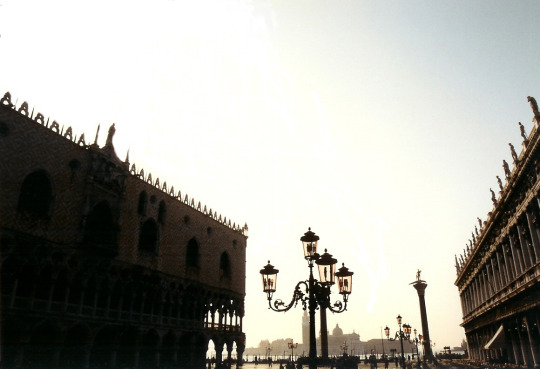
🇮🇹 Venice, Italy. @ source
#italy#venice#venezia#italia#photography#piazza san marco#basilica di san marco#st mark's basilica#st mark's square#palazzo ducale#doge's palace#missofotografia#idylesaphique#photographs#photograph
43 notes
·
View notes
Text

St. Mark's Basilica in Venice, Veneto region of Italy
Italian vintage postcard
#postal#italy#historic#ansichtskarte#sepia#vintage#tarjeta#st. mark's basilica#italian#venice#mark#briefkaart#veneto#photo#basilica#postkaart#ephemera#postcard#postkarte#photography#region#carte postale
18 notes
·
View notes
Text

Pigeons of St Mark's Basilica
#photography#travel#italy#venice#pigeons#st marks basilica#basilica#Venetian#backpackers#film camera#film photography#point and shoot camera#disposable camera
8 notes
·
View notes
Text
I have my qualms about certain churches past actions and beliefs, but I must admit they had some beautiful architecture
6 notes
·
View notes
Text
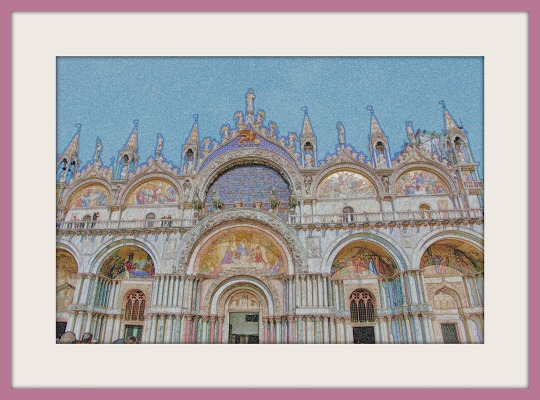
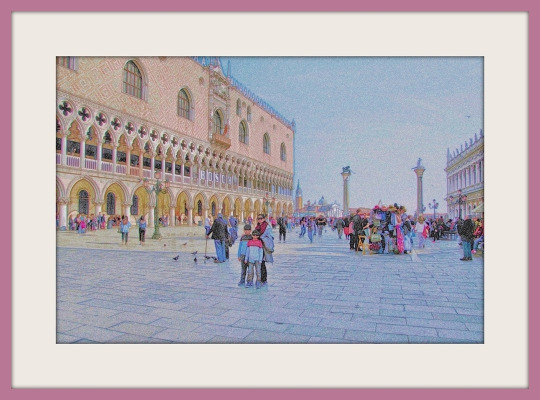
Venice, the feast of life.
– William WordsWorth
#Italy#Venice#Saint Mark's Basilica#St Mark's Square#Pigeon#Doge's Palace#Venetian Gothic#Lion of Venice#San Marco#Venezia#Italia
15 notes
·
View notes
Photo
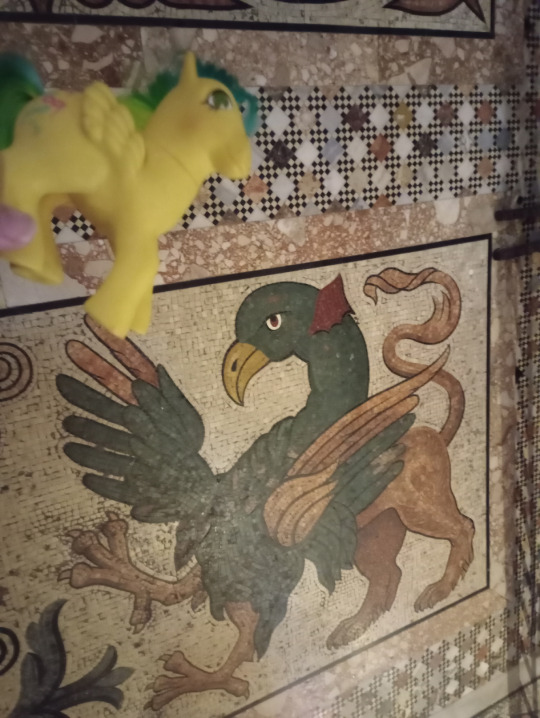
July is the month when Masquerade has a look at the fancy floor of the Basilica of St Mark, in Venice.
In Italy.
A bit more about it here:
http://www.basilicasanmarco.it/basilica/architettura/il-pavimento-tessulare/?lang=en
33 notes
·
View notes
Text

La Carmagnola, Venice
La Carmagnola is the traditional Venetian name for a porphyry bust of a late Roman emperor, now on the external balustrade of St Mark's Basilica.
The diadem identifies the head as that of an emperor; dated on stylistic grounds between the 4th and 6th centuries, several scholars identify it as a depiction of Justinian. The flattened nose appears to be the result of damage and subsequent repolishing.
The head may have come from the Philadelphion in Constantinople, the original location of the Portrait of the Four Tetrarchs that is now on the Basilica's Piazzetta facade below. It was probably brought to Venice as part of the loot from the Sack of Constantinople, during the Fourth Crusade in 1204.
It has been suggested that a headless porphyry statue kept at the Archiepiscopal Museum in Ravenna belongs to the same original.
The condottiere Francesco Bussone da Carmagnola was beheaded on 5th May 1432 on the Piazzetta, where his head was presumably left exposed for some time, leading to the sculpture's traditional nickname.
text abridged from here
25 notes
·
View notes